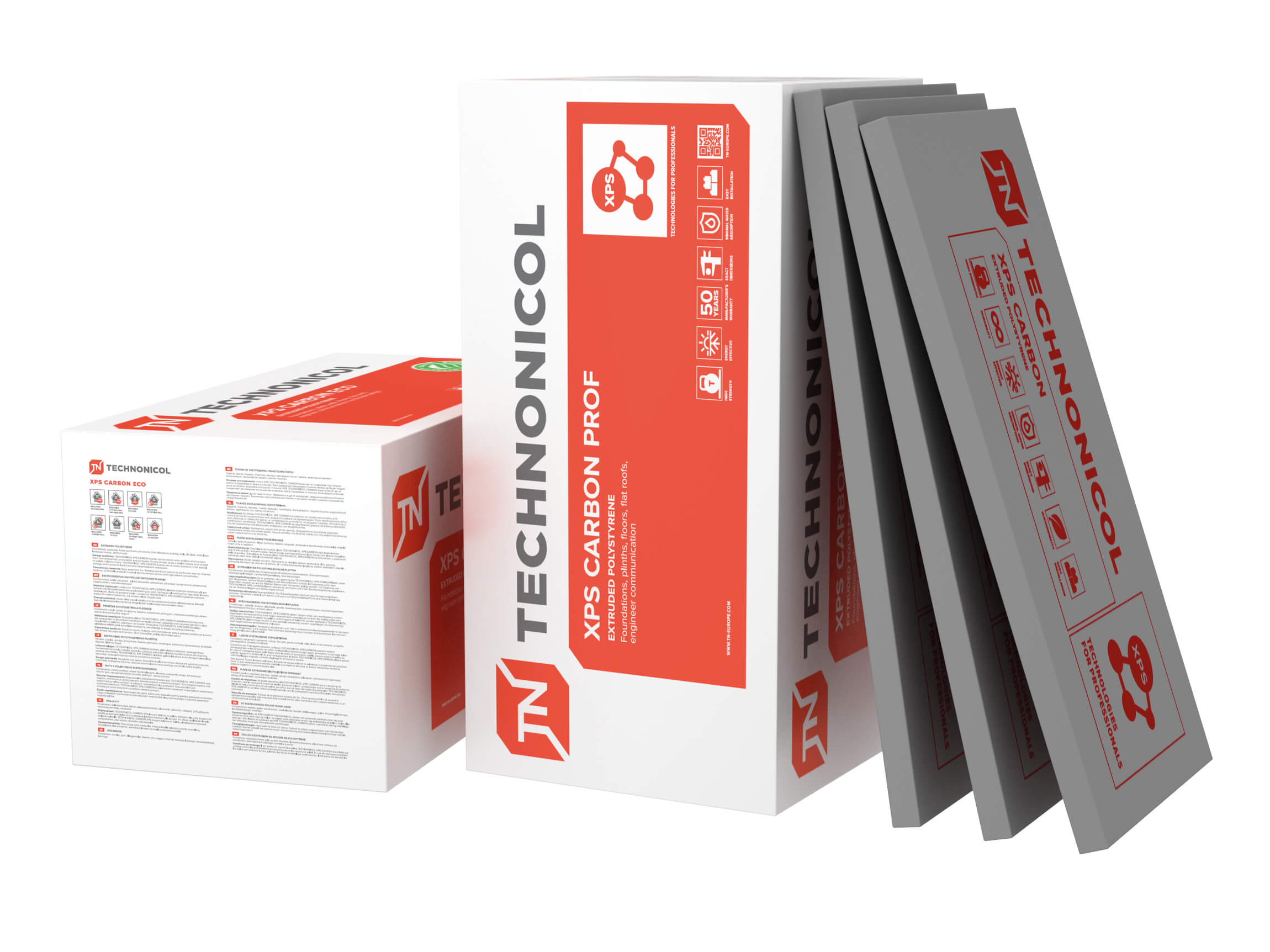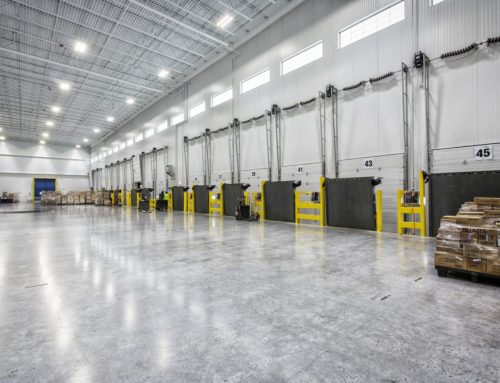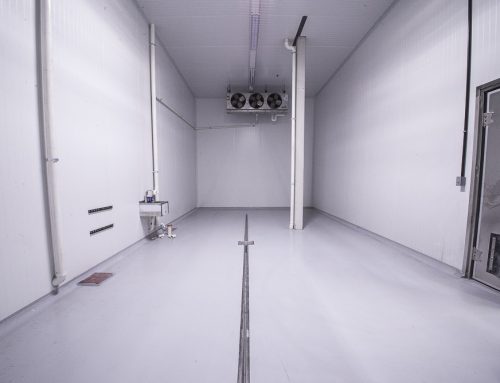When specifying thermal insulation for most buildings, the goal is to keep heat in and prevent air leaks. Insulating a home, shopping mall, school or office building aims at maintaining a comfortable, mild temperature while optimising energy use. When specifying insulation solutions for a cold storage facility, things get a bit more complex. Insulation is aimed at keeping heat out, which is harder because heat in the air naturally rushes towards the cold.
Cold storage facilities often need to maintain low operating temperatures of up to -30°C. Without effective insulation that limits heat gain, a lot of stress is placed on refrigeration equipment and energy usage and running costs can quickly get out of control. Cold storage floor insulation requires performance in 3 key areas.
1. Thermal Performance
All insulation is designed to block the flow of heat from warm areas to cooler areas, but different materials vary significantly in their thermal performance. Rigid XPS foam boards are the best option for cold storage applications because they are durable and have high R-values.
Extruded polystyrene (XPS) foam is ideal as it is the most versatile and reliable, offering stable, long-term R-values regardless of the application. Other insulation materials can become less effective over time, leading to higher energy costs as time goes on.
2. Moisture Performance
Water is an excellent conductor of heat, meaning moisture reduces the thermal performance of insulation. This makes it crucial to consider moisture resistance, especially in areas such as under concrete slabs. XPS foam insulation is a closed-cell insulation made via an extrusion manufacturing process.
As a result, XPS foam insulation is free of tiny voids or spacing between the cells unlike other materials like EPS. This makes it highly resistant to water absorption and water vapour transmission so it can maintain a high R-value even in the presence of a lot of water.
A closed-cell construction also enables XPS foam to resist freeze-thaw cycles, which is a key requirement for ground floor insulation. Moisture that gets into tiny gaps of other insulating materials will shrink and expand as it goes through the freeze/thaw cycle, causing it to deteriorate and lose its R-value over time. XPS foam repels water and can withstand more than 1000 freeze/thaw cycles.
3. Compressive Strength
As mentioned earlier, insulated concrete slabs are a common requirement in cold storage facilities. The insulation used must be capable of supporting heavy loads. This includes structural loads from things like stored goods and dynamic loads from things like heavy vehicles driving across the floor.
The uniformly distributed closed cells in XPS foam give it superior compressive strength characteristics. This makes it a reliable and long lasting solution when used in cold storage building foundations and floors bearing heavy loads.
Technonicol XPS Foam – Ideal for Cold Storage Insulation
XPS foam insulation is ideal because it has a high, stable and predictable thermal conductivity, is resistant to moisture and is highly durable. Technonicol’s Carbon XPS foam insulation series comes in a variety of sizes, thicknesses and compressive strengths to meet the demands of any cold storage application.
For example, Technonicol’s Carbon Solid XPS foam is ideal for loading bearing floors in cold storage facilities. It offers a minimum compressive strength of 500 kPa, making it more than capable of accommodating higher floor loads in cold storage facilities.
Contact Plastek for Cold Storage XPS Foam Insulation
At Plastek, we have extensive experience consulting and supplying XPS foam products, helping to optimise projects by providing the ideal solutions. We can recommend the right Carbon XPS foam product for your specific project, ensuring a functional and high performance solution for your building.
Related Questions
How is EPS foam made?
EPS is made by placing small beads of polystyrene polymer in a mould and then expanding them by applying heat or steam to the mould. This process fuses the beads together in irregular patterns. This tends to result in tiny gaps being left between the foam cells. The continuous extrusion process used to produce XPS foam insulation leaves no such tiny gaps.
Why is XPS foam a better insulator than EPS foam?
The voids found in EPS insulation conduct heat due to the air and any water that gets inside them.
How long does XPS foam last?
Due to its firmness and water resistance, XPS foam insulation will generally last 100 years or more. XPS insulation is also 100% recyclable and can be salvaged once a building is remodelled or demolished.



Leave A Comment